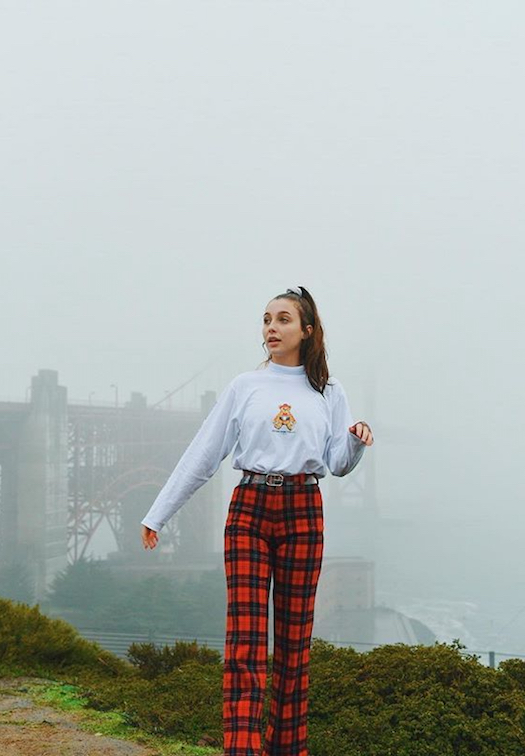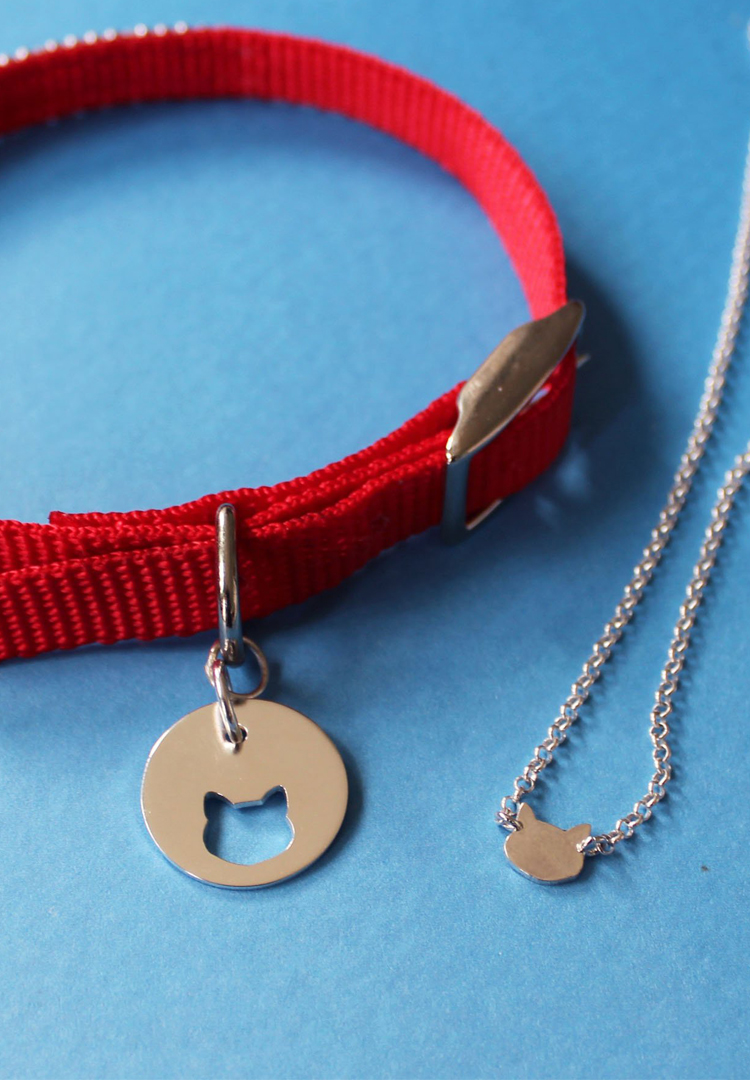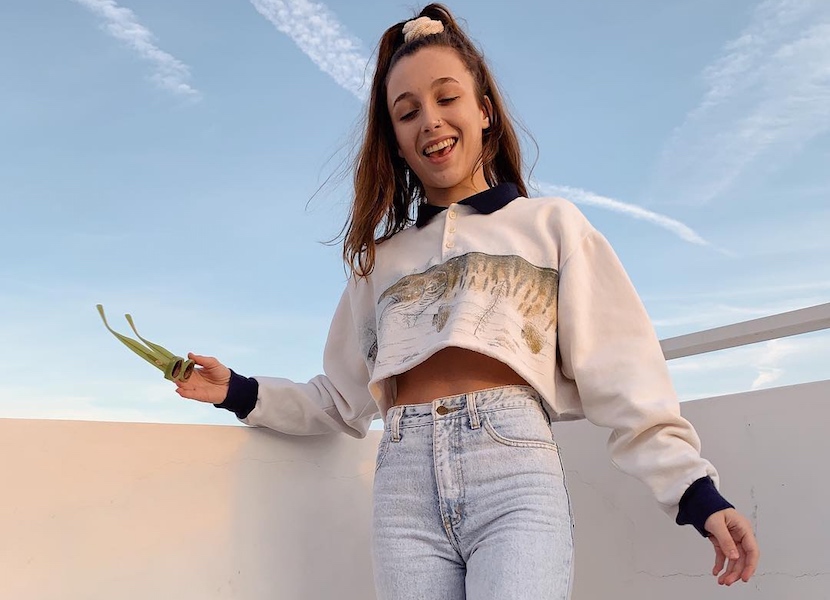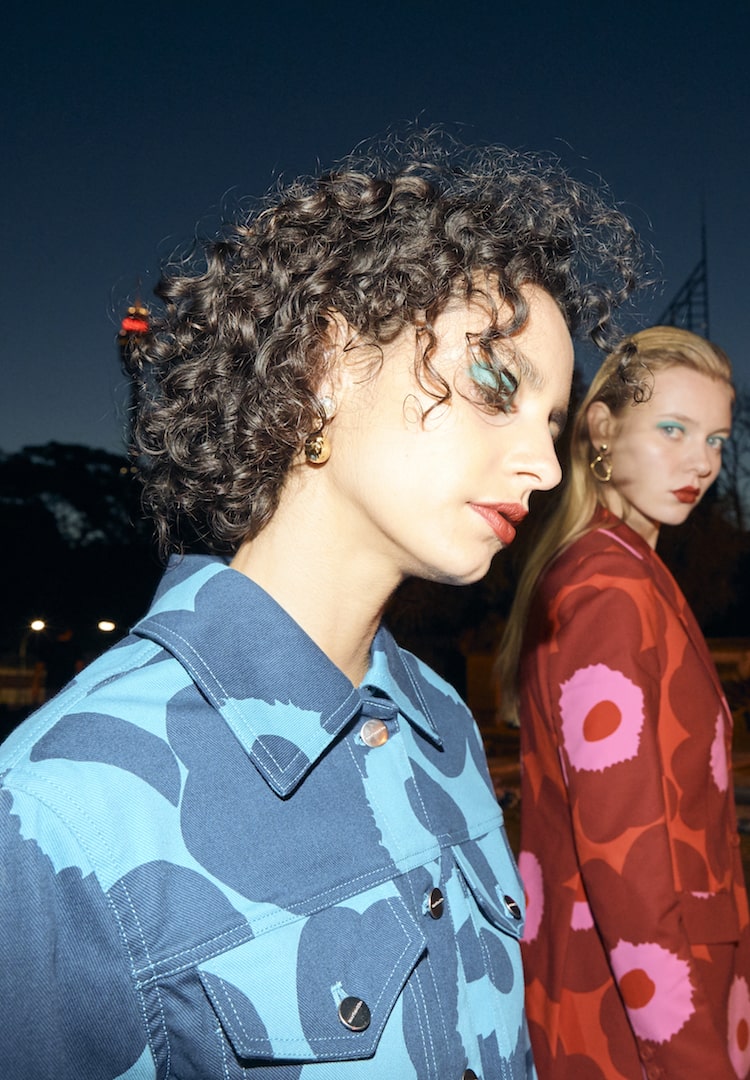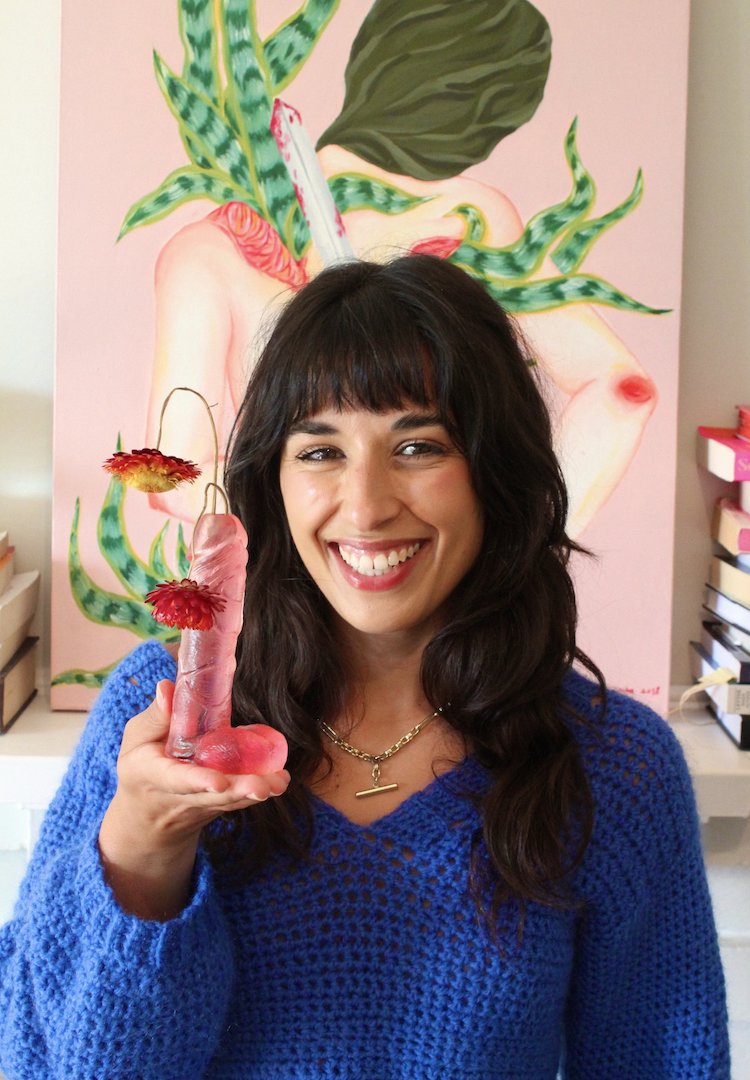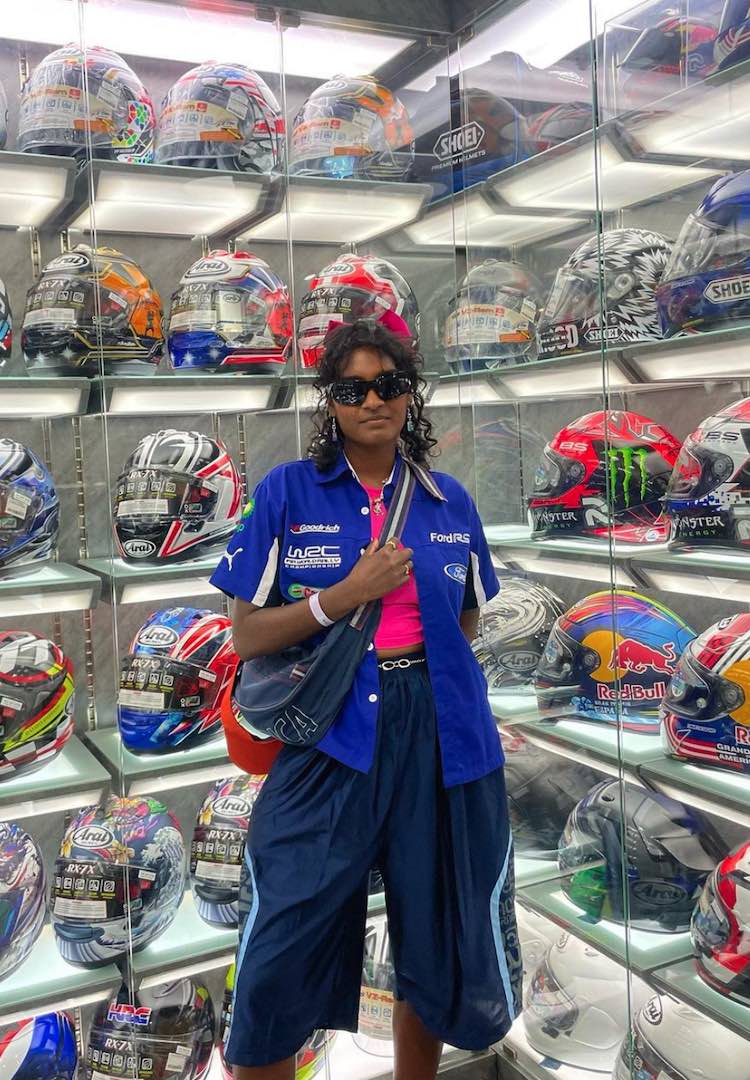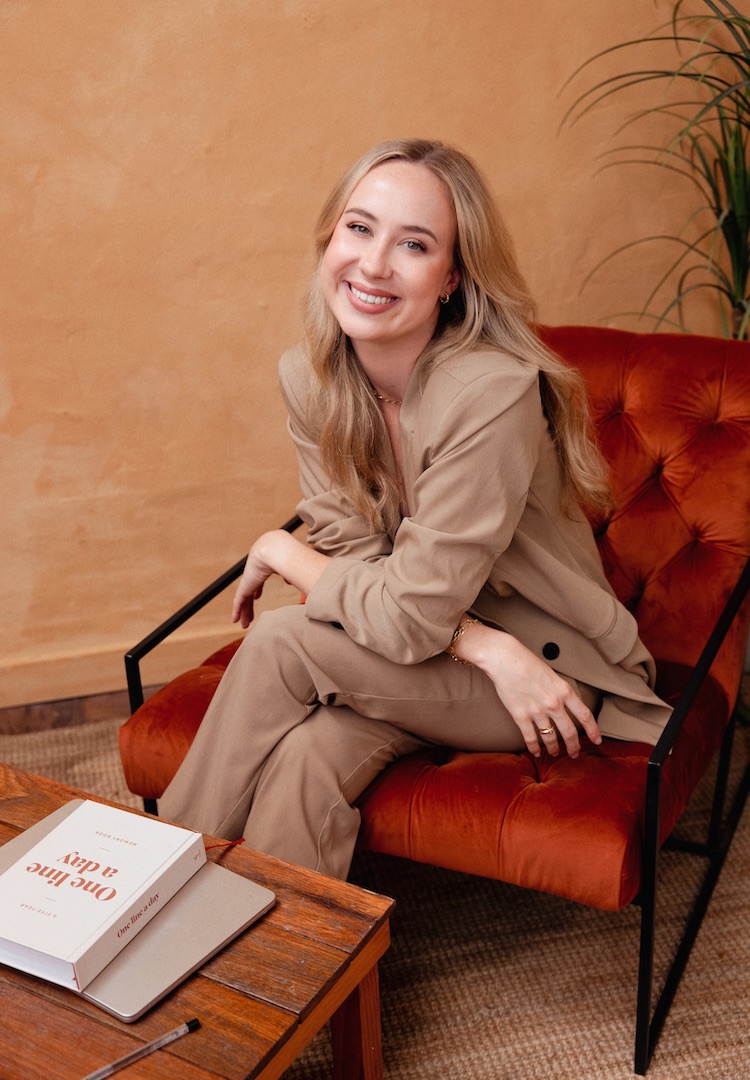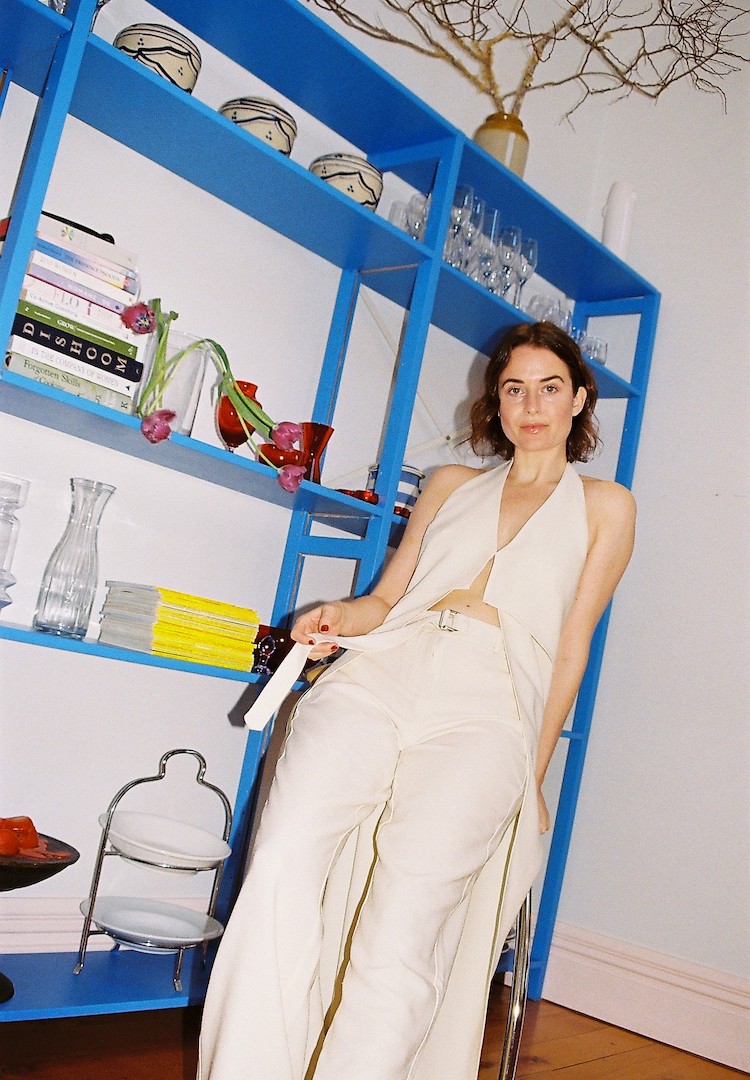It’s time someone said it: ‘Candid’ influencers are just as fake as the old ones
Image via Instagram/Emma Chamberlain
If you think the ‘candid’ trend means you’ll see more realness, you’re wrong.
Last week, The Atlantic dropped an in-depth thinkpiece about the trend of young Instagrammers moving away from posed, overly-filtered photos in favour of more candid, pared back images. Fakery is over, it declared, citing a handful of examples of the purported ‘new’ aesthetic.
The news was welcomed by online media and digital agencies with open arms, as commentators proudly declared this was proof that the traditional influencer was finally dead in the water.
But they shouldn’t be celebrating yet – because The Atlantic is wrong.
In a series of interviews with the next crop of influencers, journalist Taylor Lorenz attempts to prove that these young women are just so super chill and not at all concerned with how they look, that they don’t even try. Trying, for Gen Z, is evidently uncool – and so, the thought process goes, the less you look like you’re trying, the more authentic you are.
So… you must ensure you look flawless and cool, but not look like you’re trying to be flawless and cool? And this somehow makes you more authentic? The logic is so flawed, it hurts my brain.
“Fast-rising young influencers such as Emma Chamberlain, Jazzy Anne, and Joanna Ceddia all reject the notion of a curated feed in favor of a messier and more unfiltered vibe,” Lorenz tells us breathlessly, while linking to photos like this and this. Excuse me while I laugh out loud for the next 15 minutes over the notion that neither of these photos have been posed, filtered, or photoshopped. SO CANDID!
“In fact, many teens are going out of their way to make their photos look worse,” Lorenz claims, as if the idea was the most shocking thing the writer had heard in years. And, quoting a random: ‘“Adding grain to your photos is a big thing now,” says Sonia Uppal, a 20-year-old college student. “People are trying to seem candid. People post a lot of mirror selfies and photos of them lounging around.”’
Seem being the operative word. Ok, so let me get this straight… the argument here goes that because teens are using a filter which adds graininess, instead of a filter to smooth facial features, that somehow this is not trying as hard? That the pursuit of ‘candid’ images isn’t just as involved – nay, more involved – than looking like you’re posing?
We can’t all sit here and pretend that a series of *perfectly* candid photos, like those above from Emma Chamberlain or Jazzy Anne, somehow mean that Instagram fakery is over. It’s just a new brand of the same old shit. And if you’re not convinced yet, let’s look at another example that Lorenz offers – an example of the kind of “laid back candid content” they’re trying to spruik. An example that is so laughable, I almost wondered if this was actually a satirical article.
“Take Reese Blutstein, says Lorenz, “a 22-year-old influencer who has amassed more than 238,000 followers in just over a year by posting unfiltered, low-production photos of herself in quirky outfits… She, like many members of her generation, doesn’t stress about posting almost the exact same photo twice in a row, something first-generation influencers wouldn’t dream of.”
“I’m not afraid to over-post,” quoth the influencer. “I don’t think, Oh, will this mess up how my feed looks… I don’t think too much about it. If I like an image, I just post it.”
“For my generation, people are more willing to be who they are and not make up a fake identity,” she says. “We are trying to show a real person doing cool things as a real person, not trying to create a persona that isn’t actually you.”
Ok, cool. So now let’s take a moment to have a look at her feed, shall we?
NO, NOT POSED OR COMPLETELY CONTRIVED AT ALL! Haven’t seen this aesthetic on Instagram anywhere before you guys, it’s so completely original, omg.
COME ON.
This is not a swipe at the influencers I’ve linked to here – they’re creating amazing content that connects with their audience. They’re representing a new generation of young women creating communities and developing blooming businesses that have the potential to deliver financial independence. This is a great thing.
But the assertion that they’re doing anything different – that, somehow, their creativity is in any way more ‘candid’ or ‘real’ than previous influencers – is simply a bunch of bullshit. And Blustein asserting that her feed isn’t in any way a carefully curated identity – that she is somehow less fake than those who went before her – is simply naïve and arrogant.
We all create personas on social media. We all show our best side. Changing the definition of that from ‘flawless’ to ‘funny’ or ‘candid’ or ‘relaxed’ doesn’t make it more real.
It just takes more effort.
Follow Bianca’s not entirely candid Instagram feed at @bianca.oneill


